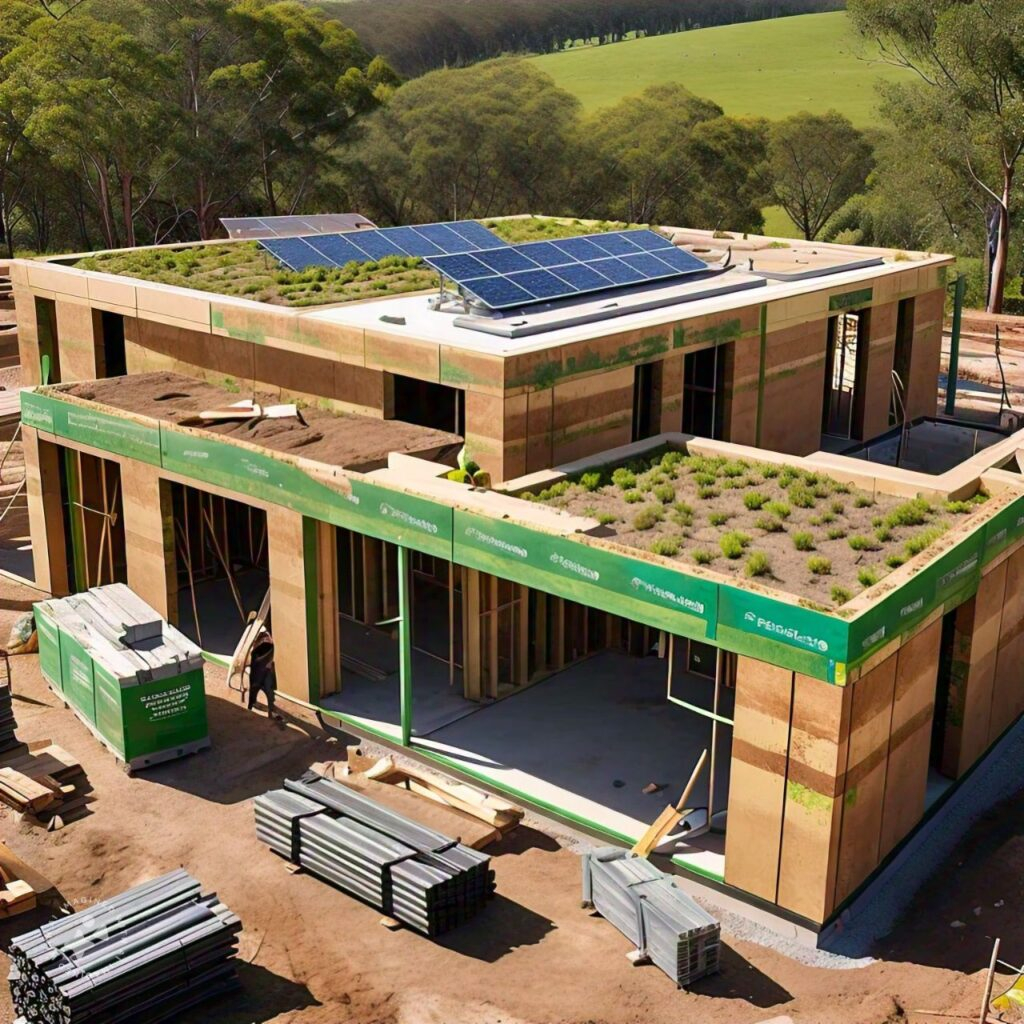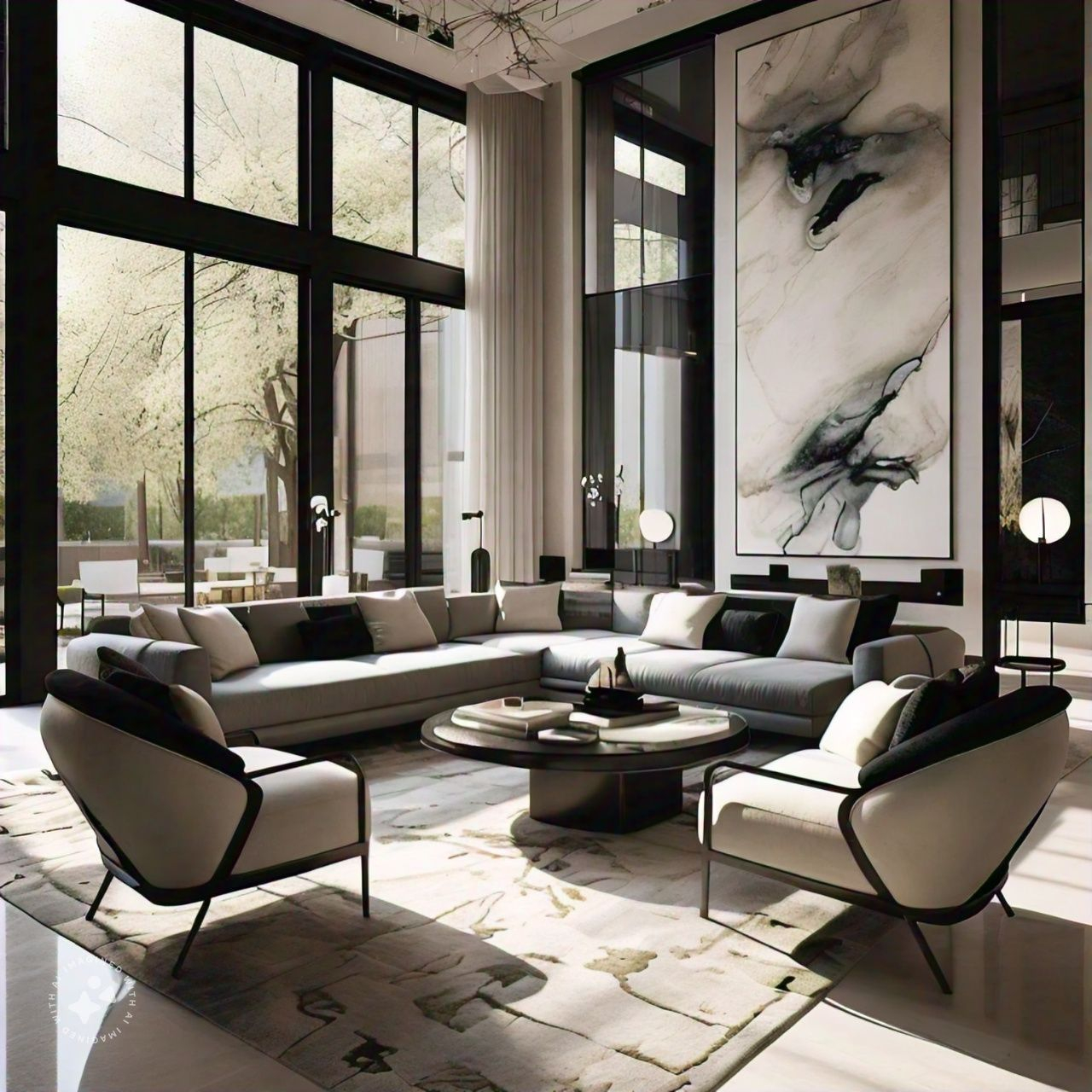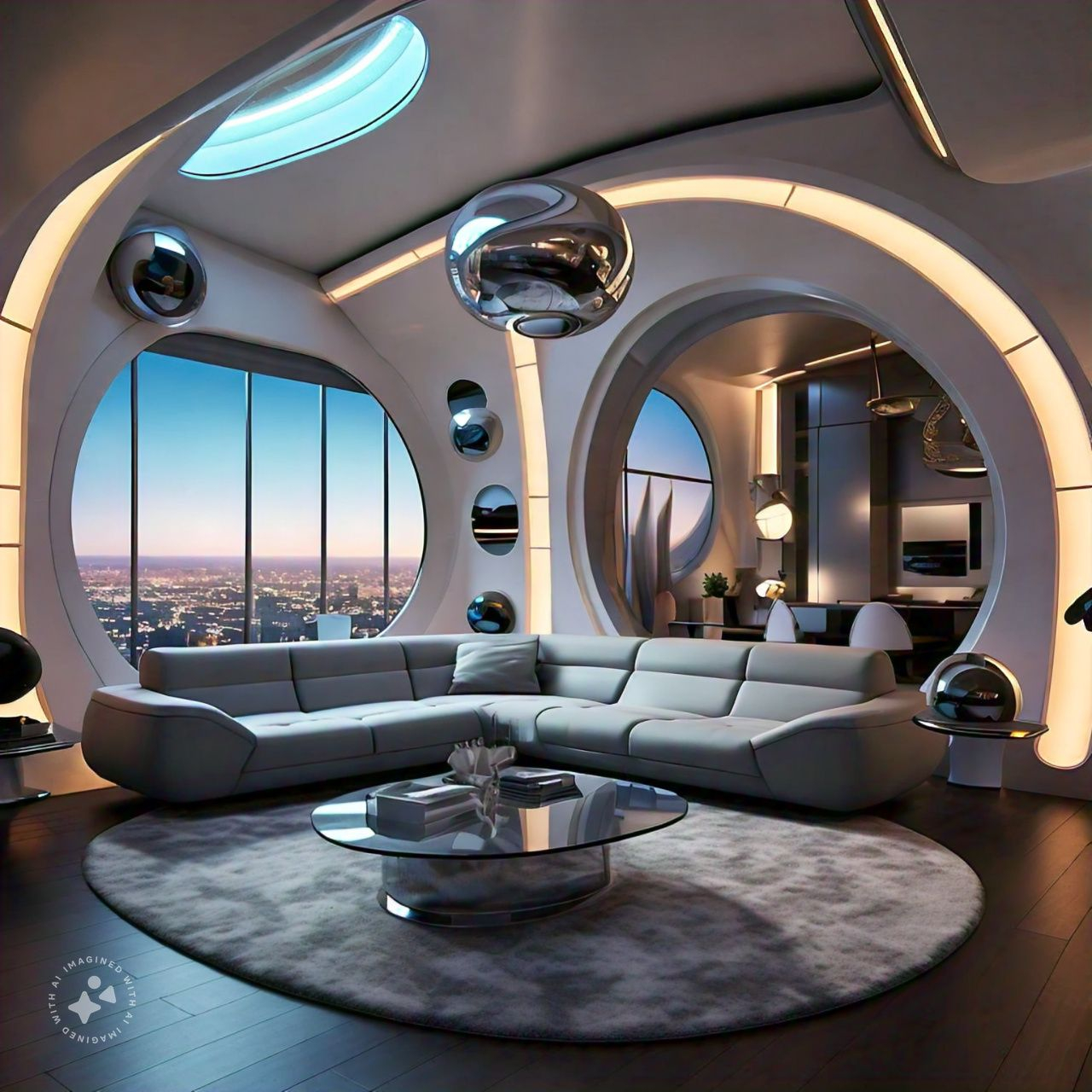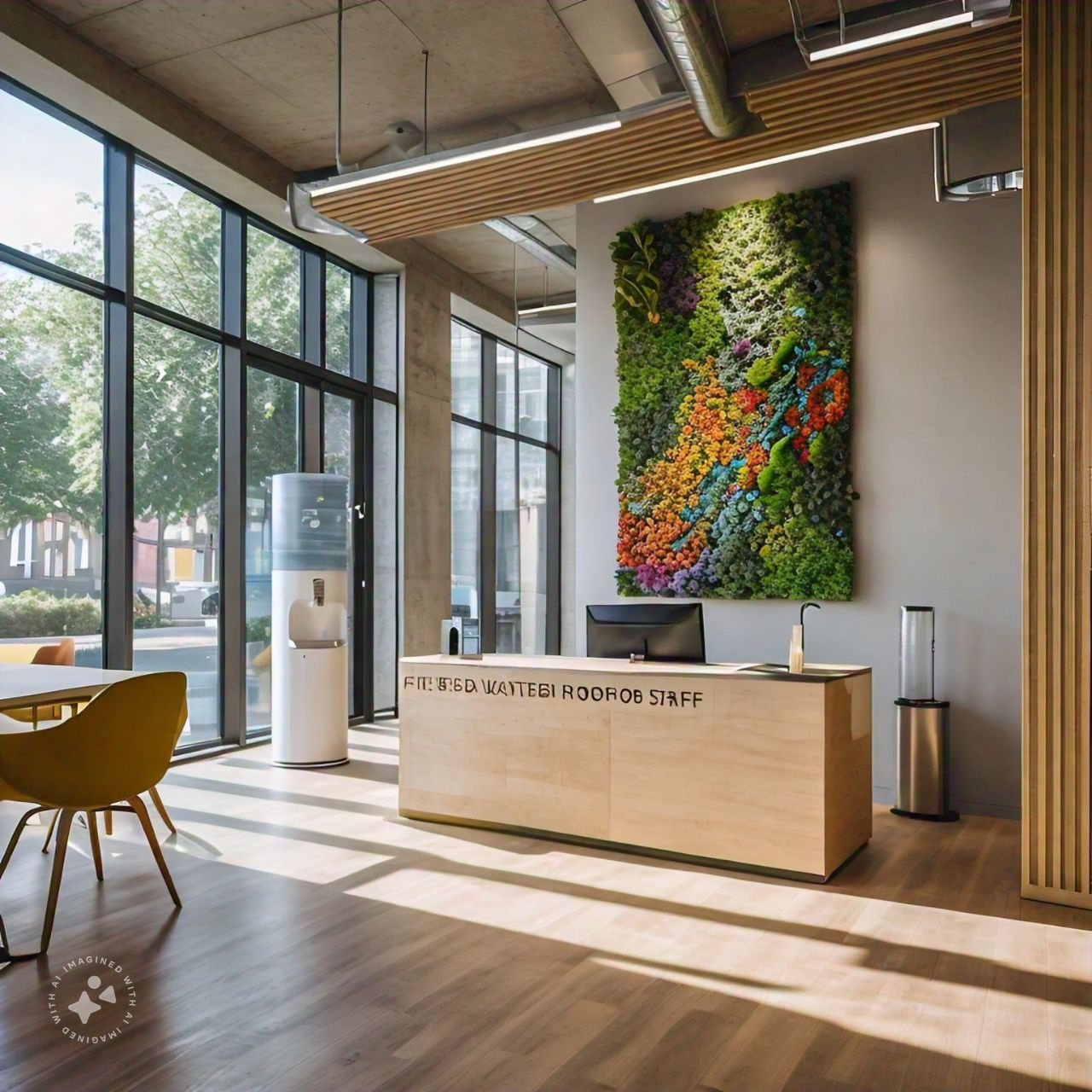Live Green : Home Design Choices for an Eco-Friendly Living
Presents the fact that living a life that treads lightly on the planet is not all about carrying reusable grocery bags and turning off the lights when leaving a room. Those things are important, too. It actually means making conscious choices in every aspect of our lives, including where we live. Sustainable home design is all about creating a comfortable, stylish living space that doesn’t cost the earth.

Building Green from the Ground Up: Sustainable Building Materials
The choices you make during the construction or renovation of your home can have a big impact on its environmental footprint. Here are some sustainable building materials to consider:
- Reclaimed Wood: Give pre-loved wood a second life! Reclaimed wood adds warmth and character to your home while reducing the demand in new lumber production.
- Bamboo: A great alternative to traditional hardwood, the resource grows super fast and is renewable. Strong and durable, it can be used in floors, furniture, even countertops.
- Recycled Content: Look for those materials with a high percentage of recycled content, such as countertops made from recycled glass or concrete. That cut will reduce the number of virgin materials needed and, in the end, what goes to waste in the landfills.
- Sustainable Insulation: Choose natural insulation materials like cellulose made from recycled paper or even cork. Herein, some can insulate, making it sustainable insulation, creating insulation, and therefore saving energy.
- Modern Materials Sourced Locally: A green home is one that reduces the amount of greenhouse gasses emitted during the transport of the materials that are available. Choose building materials that are sourced locally to minimize negative environmental impacts from the haulage of the materials over long distances.
Energy Efficiency: Powering Your Home
When building a home is already created, efficiency is the word. These are some of the ways that you can ensure that your home becomes the best in practicing efficient energy:
- Opt to Buy Energy Star Appliances: Want appliances? An Energy Star sticker will indicate products that have been designed to use less energy. This will save you money on your utility bill and reduce your overall environmental impact.
- LED Lighting: Swap out your filament for LED lighting, which is easy on the electricity bill and painless on the environment.
- Smart Home Technology: Automate your energy use using some of the best thermostats out there to make sure you can’t waste energy when you’re not there.
- **Use the Sun’s Power: ** Imagine if your rooftop has solar panels. This is a very clean and renewable source of energy; it can even cut your dependence on the traditional grid by a big percentage.
- Daylight and Fresh Air: Whenever possible, utilize the natural environment and allow the daylight and fresh air to come inside the house. Open windows in cooler months for less air conditioning and place windows in such a way that they can best catch the sun to give light, in turn reducing the need for artificial light.
- Accessorize Your Home the Eco-Friendly Way—not a single tree was harmed in the making of your decor pieces.
Sustainable home design goes far beyond the construction phase. And here are some eco-friendly decorating tips for the room to make it stylish and healthy:
- Second-hand Finds: Shop the aisles of thrift, vintage, and online marketplaces to find unique and decidedly un-replicated furniture and decor at extremely pleasing prices. For every pre-loved item, that’s one less demand gaping new-furniture production and perfectly useful items kept out of landfills.
Natural Materials: Go for furniture, rugs, and throws made from wood, cotton, wool, or linen. Natural materials are healthy and comfortable enough for human living, and at the same time, they are sustainable.
• Low-VOC Paints and Stains: Volatile Organic Compounds (VOCs) released by most of the common paints and stains can lead to unhealthy indoor air quality. Choose low-VOC or VOC-free paints and stains for a better and sustainable indoor climate. - Energy-efficient window treatments: Use energy-saving treatments in your windows, such as blackout curtains and cellular shades. The insulating properties both of these window treatment types have tend to do a great job of blocking it when stopping heat gain in the summer and heat loss in the winter, respectively, and thus cut down on your needed energy.
- Bring the Outdoors In: Houseplants not only bring life and beauty into your space but are also naturally great for purifying air and improving indoor quality. Low-maintenance plants are best, as they don’t require heavy chemical fertilization.

Sustainable Living: A Journey, Not a Destination
Building a sustainable home is a process, not something you do once and be done. A tiny effort from your end can bring about immense change. What’s important is being mindful when making choices about reducing your ecological footprint.
Here are some more ideas to help jumpstart your sustainable home journey:
- Water Conservation: Install low-flow showerheads and faucets, and promptly repair leaky fixtures. Consider xeriscaping your landscaping to reduce your need for outdoor watering.
- Composting: Food scraps and yard waste represent much of the materials going to landfills. You can reduce waste sent to landfills, while at the same time creating nutrient-rich soil for your garden, by composting.
- Reduce, Reuse, Recycle: This age-old mantra fits for your house as well. Reduce the use of single-use products, re-use things where possible, and recycle progressively.
- Support Sustainable Brands: Carry out good research and only opt for furniture, appliances, and building materials from companies taking good care of sustainable principles.
- Get Crafty with Upcycling: Upcycling old furniture, clothes, and other household items opens up a door for creativity that brings out personality in what would have otherwise been wasted material.
Sustainable Home Design: Not Just Saving the Planet, But Building a Better Life
Sustainable choices for your home really mean more than just saving the planet. Of course all that is important too, but it is about creating for oneself and one’s family a healthier, more comfortable, more resource-efficient living space. The value of embracing sustainable practices is to help guard against the environmental footprint, save your money on energy bills, and build a home that will reach out in the most inspiring way to reflect your values and make choices that are of mindfulness.
Ready to go green with dwelling? A bit of thought and creativity, and you are all set to turn your humble abode into a sustainable paradise that’s good not only for yourself but for the planet too.
Here are some more pointers you can consider including to make your article even more comprehensive:
- The Financial Benefits of Sustainability: Elaborate on the ways that sustainable design for homes conserves the dollar through energy-efficient appliances and a lesser reliance on grid systems.
- Trends in Sustainable Home Design: Some modern trends in sustainable home design include green roofs, rainwater harvesting systems, and smart home technologies that promote energy efficiency.
- Local Resources for Sustainable Living: Show your readers how they can engage in sustainable home design in their local area through local resources. This could be links to local groups that aim to support the building of sustainably or workshops and offerings for rebates on energy-efficient appliances.
Incorporating elements from this content can make a fully rounded and informative article on designing a sustainable home that places such ideas in practical, stylish, eco-friendly terms for living today. Remember, there is no action too small, as every one counts for the greener home. Let’s create a future where beautiful design meets environmental responsibility!












